|
|
|
Hansen's Northwest Native Plant Database |
|
|
|
Abies lasiocarpa (Sub-Alpine Fir,
Rocky Mountain Fir)
|
|
|||||||||||||||||||||||||||
|
A beautiful, small evergreen tree, with delightful forms, this is the most widespread of the Abies genus. Whether your landscape style is modern or old-fashioned, formal or informal, or your own creative blend, the Subalpine Fir (Abies lasiocarpa) can be an important member of your plant family. An outstanding ornamental, ideal for small gardens or containers, this cold resistant native is tall (usually 65 to 115 feet) and slender, but in the wild it can be stunted and hedge-like or even prostrate in wind-swept subalpine sites. Good in containers, we sometimes see a pair in beautiful pots flanking a door or planted in the ground as sentinels marking a driveway or walk. In less formal applications, the Subalpine Fir is an exclamation point among shrubs or small trees with rounder shapes. And it's hardiness is a natural for bonsai. This northwest native tree is also just right for climates of the cold winter states. Of Abies lasiocarpa's growing conditions, the US Department of Agriculture Forest Service says: |
||||||||||||||||||||||||||||
Found from the Yukon to New Mexico and west to the Pacific coast, this variety favors high elevations, cold climates and moist sites. Hardy USDA zones 2-9. Trees grow slowly, reaching 80 at maturity, with a narrow, conical shape and spiky, cathedral-like spires. The 1½ needles are stiffly upturned and blue gray-green in color. Perfect for small gardens and mitigation projects, the Sub-Alpine is a natural pioneer in disturbed areas and prevents erosion. When heavily laden with snow (a common winter occurrence in much of its range) the lowest branches often touch the ground and by spring, will have grown roots! |
|
|||||||||||||||||||||||||||

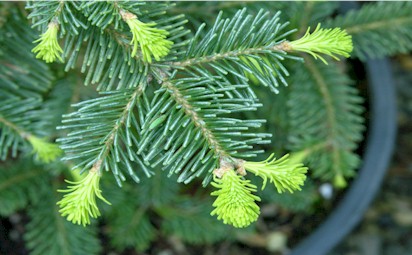
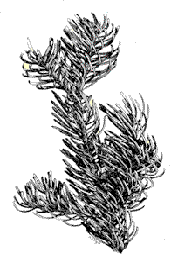 |
||||||||||||||||||||||||||||
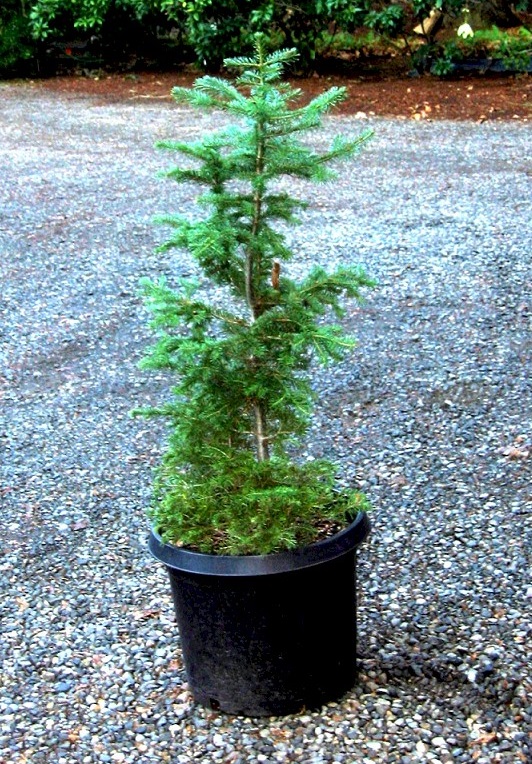
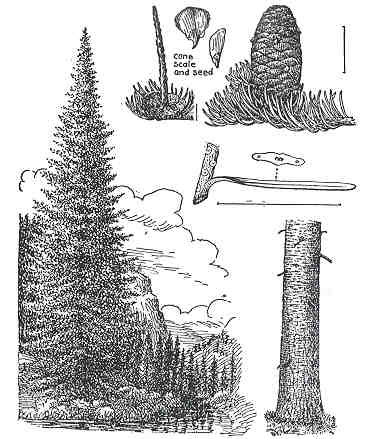
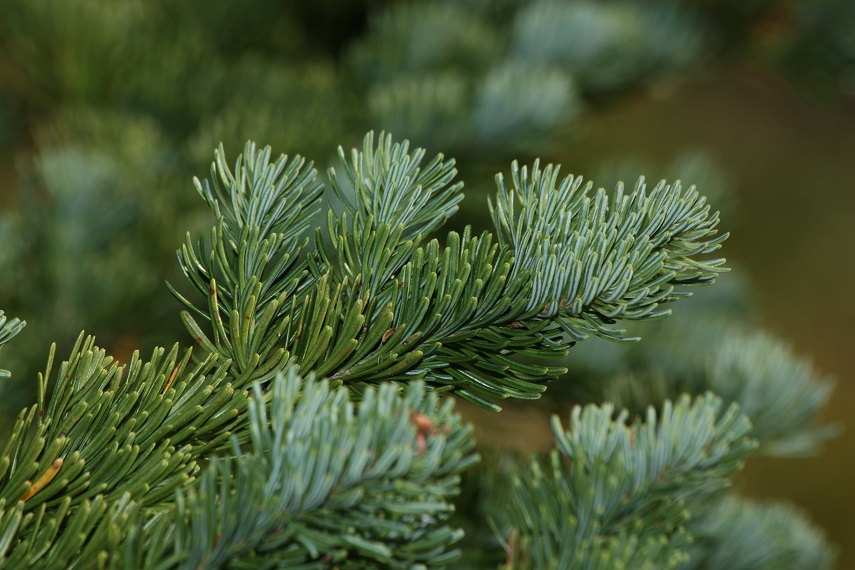 |
||||||||||||||||||||||||||||
|
Photo, above, right, credit: WalterSiegmund For a short comparison of northwest native firs, click here. |
Photos We Share!
|
|||||||||||||||||||||||||||
|